A Typology is a set of images made with a common subject or idea in mind, repeated through out the set. This can include for example, photographing every window in a 10 mile radius, maybe photographing every food imported from Africa on a supermarket shelf or maybe a leaf from every type of leaf near your area.


Artist References
Hilla Becher & Bernd Becher

Who are they?
Hilla Becher was a German artist born in 1931 in Siegen, Germany. She was one half of a photography duo with her husband Bernd Becher. For forty years, they photographed disappearing industrial architecture around Europe and North America.
They won the Erasmus Prize in 2002 and Hasselblad Award in 2004 for their work and roles as photography professors at the art academy Kunstakademie Düsseldorf.
How did they become a duo?
They began collaborating together in 1959 after meeting at the Kunstakademie Düsseldorf in 1957. Bernd originally studied painting and then typography, whereas Hilla had trained as a commercial photographer. After two years collaborating together, they married.
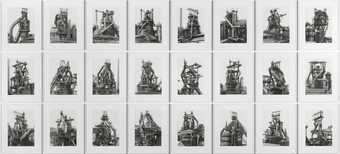
Blast Furnaces (1969–95)
Tate© Estate of Bernd Becher & Hilla Becher
What did they photograph?
Industrial structures including water towers, coal bunkers, gas tanks and factories. Their work had a documentary style as their images were always taken in black and white. Their photographs never included people.
They exhibited their work in sets or typologies, grouping of several photographs of the same type of structure. The are well known for presenting their images in grid formations.
In 1990, they received an award at the Venice Biennale not for photography, but sculpture, due to their ability to illustrate the sculptural properties of architecture.
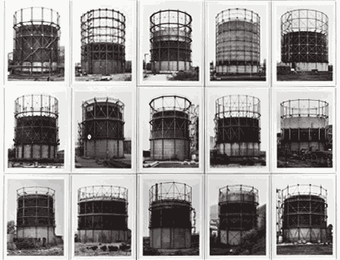
Gas-holders Germany, Belgium, France, Britain, USA, 1966–93
Each 40 x 30 cm
All photographs courtesy Bernd and Hilla Becher
What were the common themes?
Overlooked beauty and the relationship between form and function. Both subjects addressed the effect of industry on economy and the environment.
What were their key works?
Their first photobook Anonymous Sculptures was published in 1970 and is their most well-known body of work. The title is a nod to Marcel Duchamp’s readymades and indicates that the Becher’s referred to industrial buildings as found objects.
The book consisted of an encyclopaedic inventory of industrial structures including kilns, blast furnaces and gas-holders categorised into sections (the pot, the oven, the chimney, the winch, the pump, and the laboratory.)
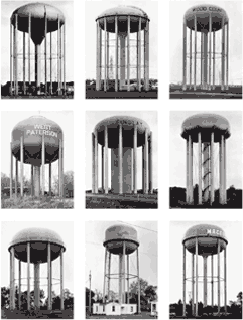
Water Towers USA, 1988
Black and white photographs
Each 40 x 30 cm
Collection John Aniello
All photographs courtesy Bernd and Hilla Becher
What was their legacy?
They were often labelled as conceptual artists and influenced minimalist and conceptual artists like Ed Ruscha, Carl Andre and Douglas Huebler.
As professors of The Dusseldorf School of Photography, they influenced a generation of German photographers who were their students (including Andreas Gursky, Candida Höfer, Thomas Ruff and Thomas Struth.)
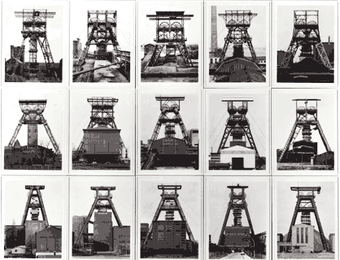
Winding towers Germany, Belgium, France, 1965–98
Each 40 x 30 cm
All photographs courtesy Bernd and Hilla Becher
Nick Frank
My Typology Response













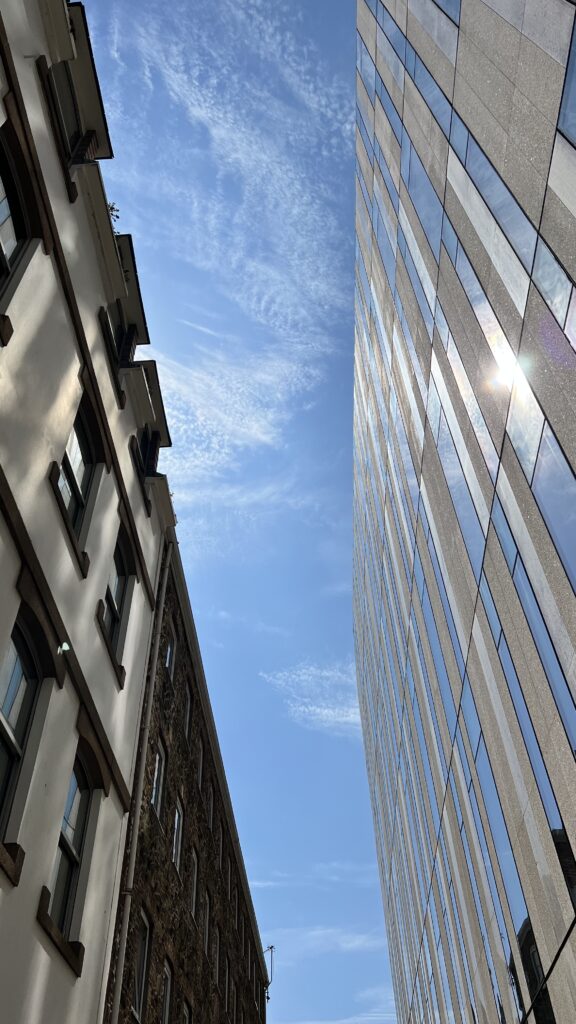
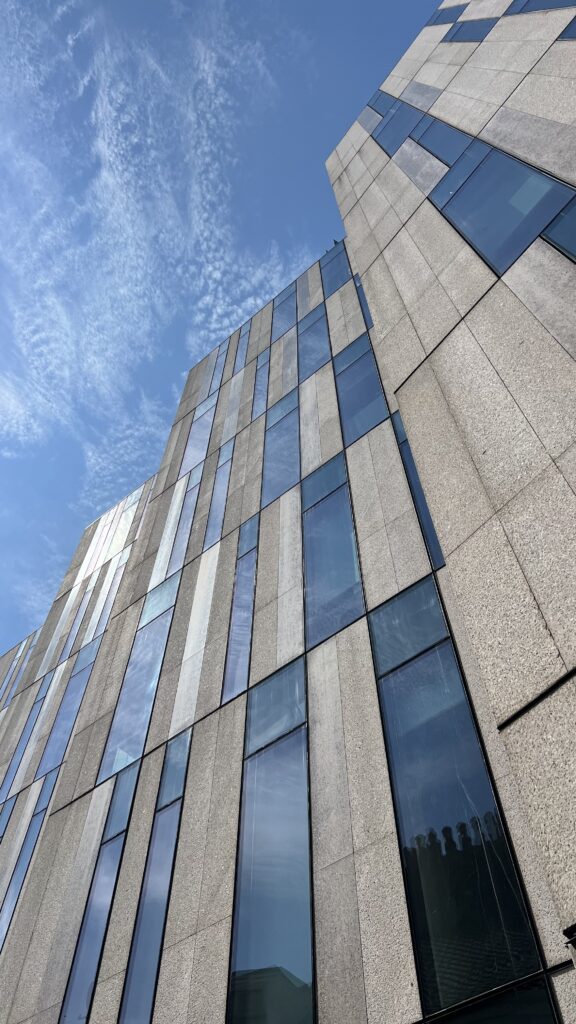
My Edits










Combined Images: Final result



Some good work coming through but please check your tracking sheet and add all missing blog posts